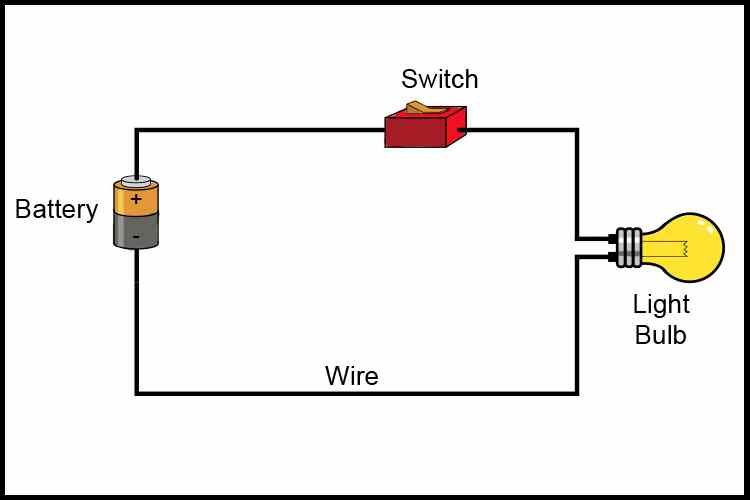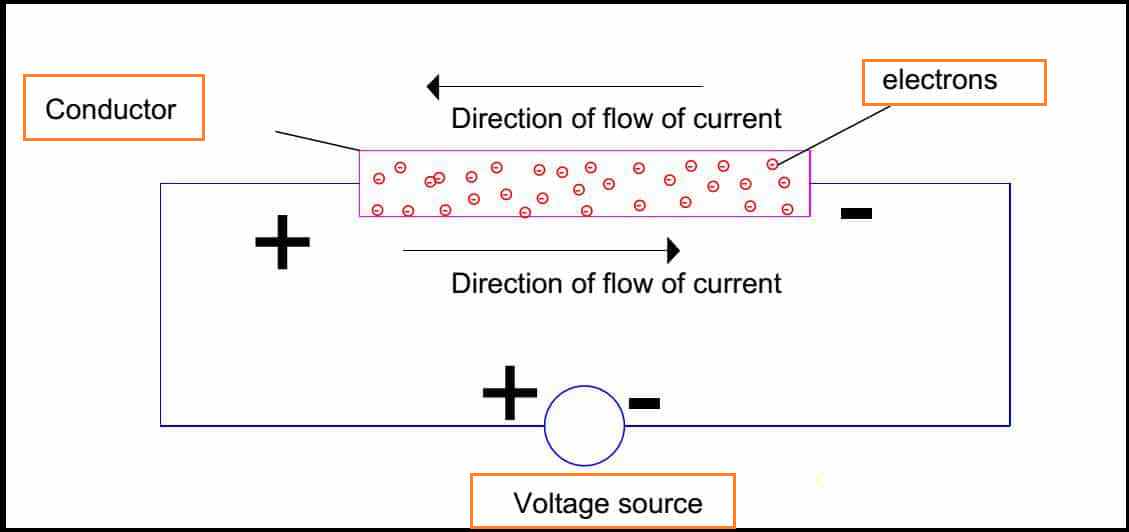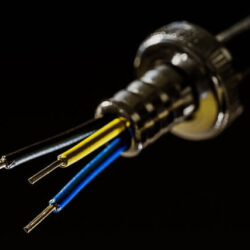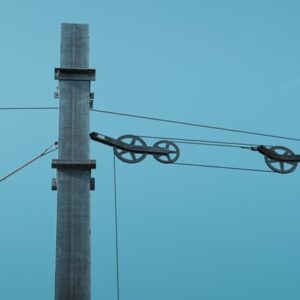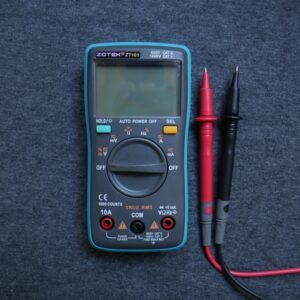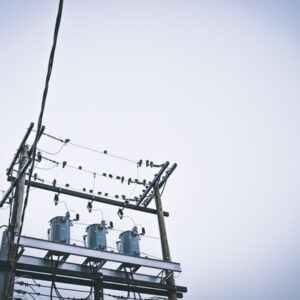In this article we are going to talk about Electric Current and its Effects or “Vidyut Dhara ka Matrak”. We will know what Electric Current is and how it is divided. Is the work of this Electric Current and its Effects, it works on the principle from the angle.
We will try to know about all these things. On this WireKhoj platform, you will continue to get information about things related to electricity in the same way. Even today, we will learn about “Vidyut Dhara ka Matrak” in detail in WireKhoj.
Table of Content
Electric Current and its Effects
All physical matter is made up of atoms and atoms bound in a conducting material have few free electrons. All these free electrons in a conductor do not have a particular direction and speed of normal motion.
All of them definitely move with different direction and speed i.e. move. However we can be made to move in a particular direction in a coordinated manner by applying some potential difference at the end of the conductor.
For example, the flow of water in a pipe, in the same way electrons are able to move between the atoms of the conductor. The unidirectional flow of electrons is called successive “Vidyut Dhara ka Matrak” or Electric Current and its Effects.
Current Electricity
The branch of physics that deals with charge in motion is called current electricity in the case of solids when electrons carry current in the case of liquids and ions with positive and negative charges in the case of gases and positive ions and ions in the case of gases. Electrons carry current.
Electric Current Definition
Defining Vidyut Dhara as the amount of charge flowing per unit time in a particular direction through any cross-section of the conductor is called Electric Current and its effects.
Vidyut Dhara in hindi can be expressed by the result of the charge affected by a particular field in unit time. If it is put in simple language or words, then the rate of effect of Electric Charge is called Electric Current Definition.
Electric Current (l) = Total Charge Flowing(q) / Time Taken
i.e., l = q/t = ne/t
Here n stands for Number of Electrons and e stands for Charge of Electrons. e = -1.6*10-19 C.
Electric Current (“Vidyut Dhara ka Matrak”) and Its SI Unit
“Vidyut Dhara ka Matrak” or Electric Current of S.I. Unit is Ampere. And it is represented by A.
1 Ampere(A) = 1 Coulomb / 1 Second
= 1Cs-1
So if 1 Coulomb of charge is flowing per second through one part of the wire, then the current through the wire is determined to be 1 Ampere.
Additional Read : Efficiency Transformer
This unit was named by a scientist named André Marie. It was placed by this French scientist in 1775-1836. So this is the S.I. Units of “Vidyut Dhara ka Matrak”.
Electrical Current Working Process
The flow of current can be conceptually understood by making an angular log with a tube filled with a conductor, just like an electron in a conductor.
If suddenly a single marble is inserted into this completely tube on the left and another marble will immediately try to exist in the tube on the right.
Even the transfer of motion through a tube that travels a short distance from each marble is instantaneous from the left end to the right end. Almost instantaneous transfer of motion through the tube no matter how long the tube is.
Similarly the flow of current from one end of a conductor to the other is effectively instantaneous. Each individual electron travels through the conductor very slowly.
If we want the electrons to flow in a certain direction to a certain place, then we must provide proper path for them to move.
As each electron moves through a conductor, it pushes on one of its heads.
Direction of Electric Current (“Vidyut Dhara ka Matrak”) and Its Effects
The direction of flow of positive charge gives the direction of the current. This is called conventional current. The flow or flow of electrons gives the direction of electronic current or “Vidyut Dhara ka Matrak”. The direction of electronic current is opposite to the convection current.
The instrument used to measure the electric current and its effects or Vidyut Dhara of circuits is called an ammeter. It is always connected to the series number of the circuit in which the Vidyut Dhara is to be measured.
The electric currentand its effects in the circuit is affected from the positive terminal of the cell to the negative terminal of the cell through the bulb through the ammeter.
Current in Scaler Quantity
Electric current represents the direction of flow of positive charge, it is a scalar quantity because the law of vector sum does not apply for its sum, the angle between the wire carrying current does not affect the total current in the circuit or “Vidyut Dhara ka Matrak” .
Conclusion
We talked in detail about Electric Current and its effects or Electric Current Kya Hai or “Vidyut Dhara ka Matrak” in this article. We have explained all these things completely so that it is easy for you to understand.
Hope you liked this article, if you liked this article, then do share it with your friends.
FAQ Related with Electric Current and its effects
Q.1. What is Electric Current?
Defining Vidyut Dhara as the amount of charge flowing per unit time in a particular direction through any cross-section of the conductor is called Electric Current.
Q.2. What are the Types of Electric Current?
These are mainly two types that are as follows:
- Static Current
- Dynamic Current
Q.3. What is the direction of Electric Current?
The direction of Electric Current is from Positive Terminal to Negative Terminal.
Q.4. What is the SI Unit of Electric Current?
“Vidyut Dhara ka Matrak” or Electric Current of S.I. Unit is Ampere. And it is represented by A.
1 Ampere(A) = 1 Coulomb / 1 Second
= 1Cs-1
So if 1 Coulomb of charge is flowing per second through one part of the wire, then the current through the wire is determined to be 1 Ampere.

